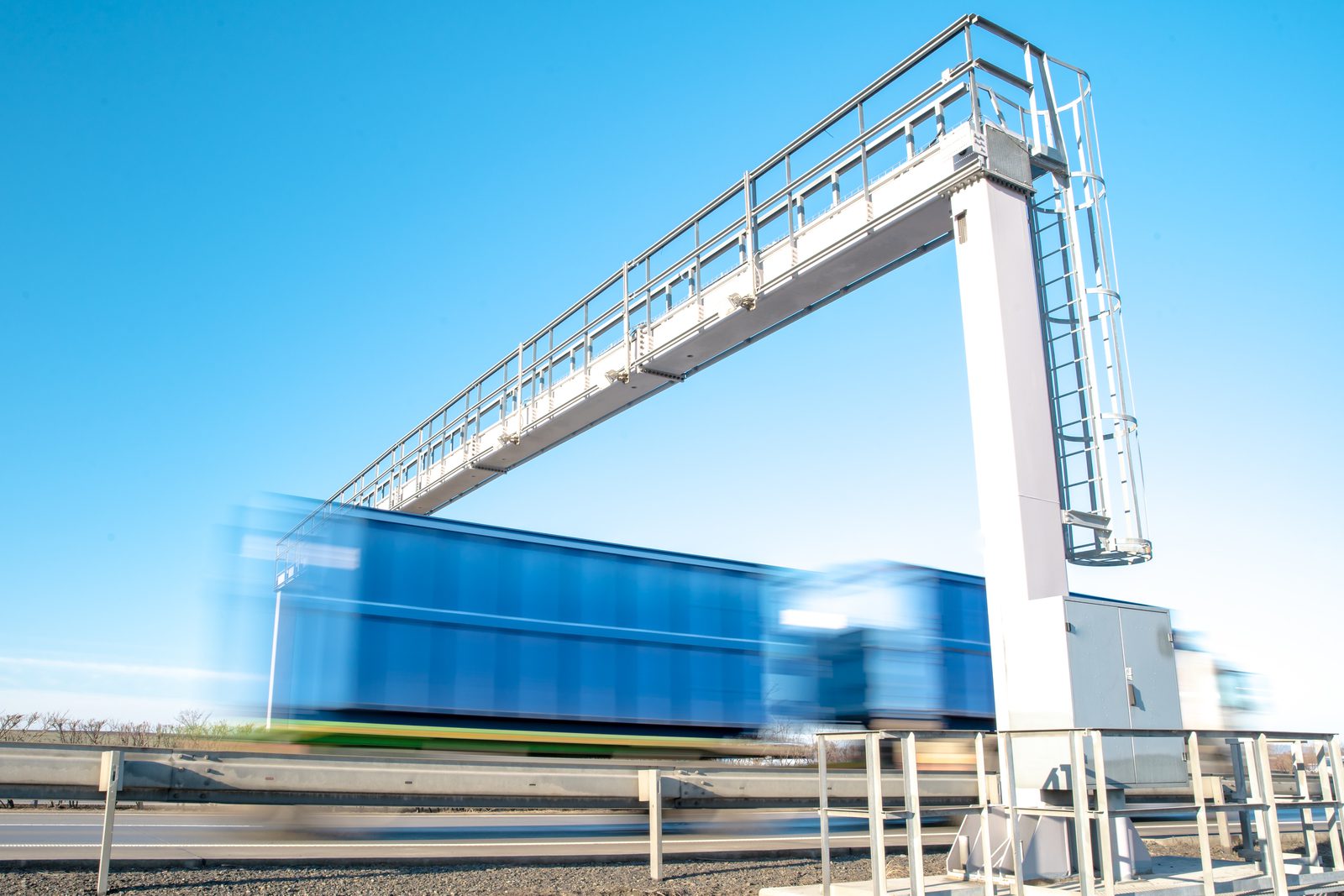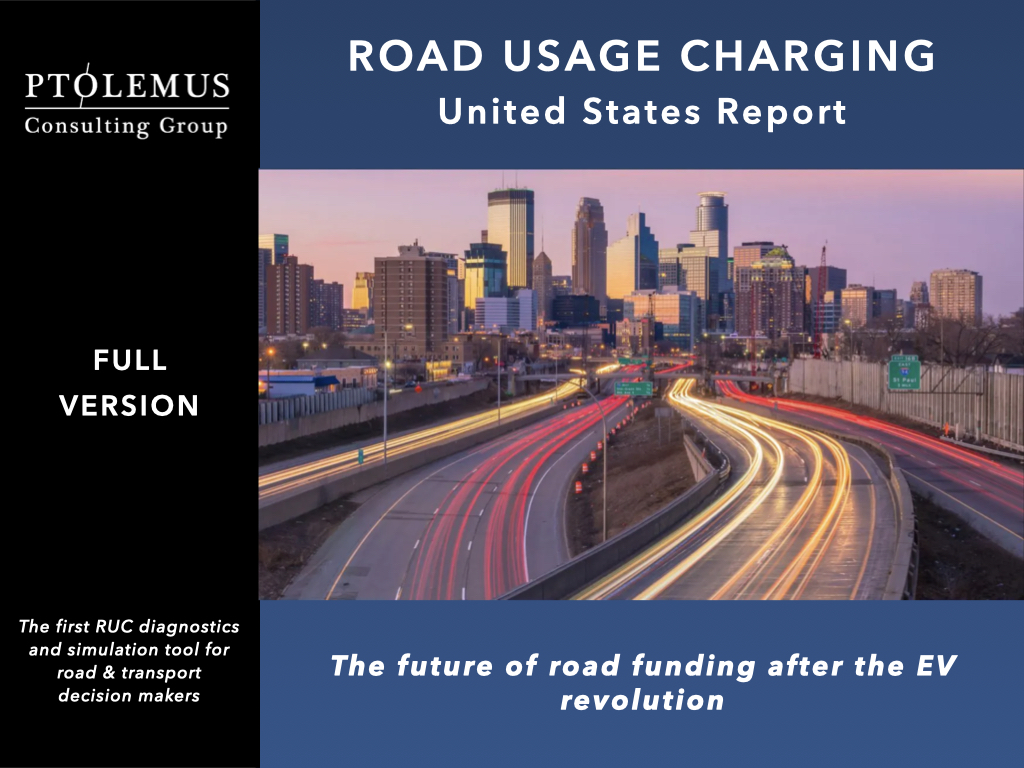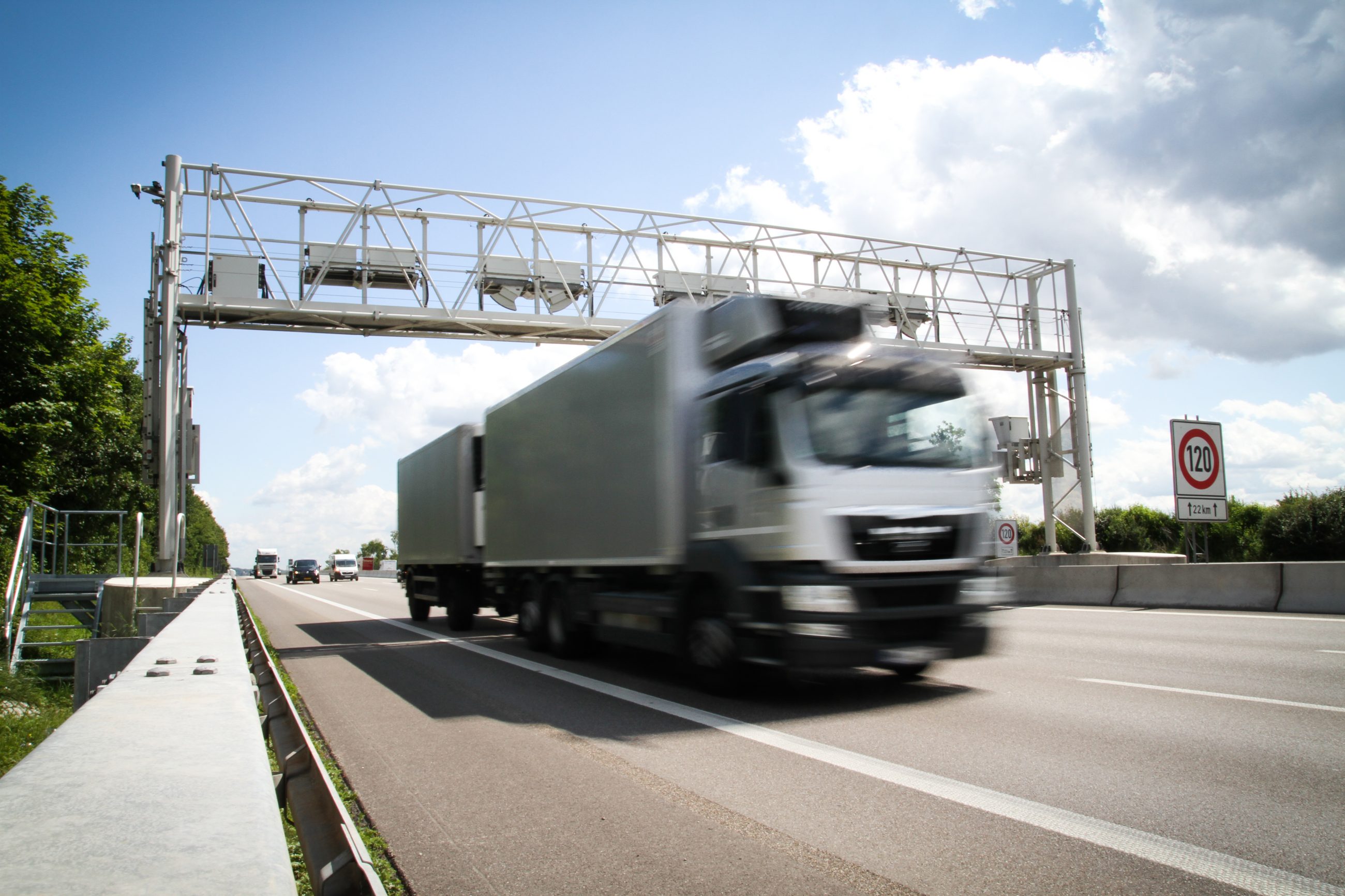RUC: Learning from the European experience

Road User Charging (RUC), a charge or fee issued to drivers for the use of a road, is gaining momentum globally, with many countries either launching or considering launching a national or state-level system.
Governments worldwide are facing a new challenge, as the fuel tax in place in most countries no longer generates sufficient revenues to fund new or manage existing infrastructure projects.
With the advent of electric cars, vehicles are becoming more efficient, making fuel tax less relevant and distance-based charging/RUC more effective. Moreover, RUC is now considered more equitable than the fuel tax, as it aims to charge all users specifically for their usage of the road infrastructure.
What types of RUC are in use?
Leveraging cellular connectivity and satellite positioning sensors, RUC schemes using Global Navigation Satellite Systems (GNSS) as the main charging mechanism are becoming very popular in Europe with short-range technologies such as Dedicated Short-Range Communication (DSRC) and Automatic Number-Plate Recognition (ANPR) being used for enforcement.
In its simplest form, RUC can also be applied without the usage of technology, following the so-called Mileage-Based User Fee (MBUF) model. In such cases, it is normally done by monitoring and reporting the distance travelled by the vehicles registered in the vehicle odometer. As a growing proportion of vehicles become connected, authorities can also obtain this information remotely through Vehicle Data Hubs (VDH).
Where in Europe is RUC being used?
Nine countries in Europe have successfully launched RUC schemes using GNSS technology including Switzerland, Germany, Hungary, Russia, Slovakia, the Czech Republic, Belgium and Bulgaria. 10 – 11 countries are also evaluating a possible scheme including the Netherlands, Lithuania, the UK and Norway.
What has driven the success of RUC in Europe?
While RUC in Europe is primarily aimed at Heavy Goods Vehicles (HGVs), due to their frequency of use and impact on roads, the question remains, what has made RUC schemes broadly successful in Europe?
One of the key driving factors in Europe has been EU-wide legislation, facilitating the interoperability of tolling for vehicles between different countries.
Europe’s Eurovignette directive regulating HGVs, allows EU countries without tolls, to charge trucks to access roads through the purchase of a vignette. The purchase gives the user the right to use the infrastructure for a given period. This time-based directive has been updated in 2022, for member States to eventually replace vignettes with more equitable distance-based road charging models. Furthermore, it aims to make road charging greener by having differentiated tolls based on CO2 emissions from 2026 and is extending the scope to Light Commercial Vehicles (LCVs).
Another regulation that played an instrumental role in RUC is the European Electronic Toll Service (EETS) directive (2004). EETS is a framework for a cross-border electronic tolling system for all vehicles throughout the EU. It is based on the “One contract, one device” principle across all EU toll domains. It authorised both GNSS and DSRC technology, for road charging. The directive was updated in 2019, extending the charging technology to ANPR to include other countries.
Today, the EU has several registered EETS providers offering pan-European Electronic Toll Collection (ETC) services to dozens of fleet services providers across 14 countries. The policy has not only resulted in the standardisation of technology across different countries but has also aided in the use of the GNSS technology allowing for easier implementation of RUC.
Benefits of a GNSS system
GNSS systems typically use an On-Board Unit (OBU) that contains the appropriate charging structure, rate, and maps, or it sends the trips travelled to a server for calculation and billing making. This implementation makes it a precise way to charge for the distance travelled. Compared to odometer reading schemes, GNSS RUC schemes also allow authorities to differentiate the pricing based on the type of road used and the time of the day/week /year.
GNSS has other benefits that have contributed to the success of RUC in Europe, including greater flexibility and ease to widen the network than other technologies. Whenever the tolled domain exceeds hundreds of kilometres, it requires significantly less investment than other technologies such as DSRC and Radio Frequency Identification (RFID) which require the installation of a very large number of toll plazas or gantries (in an Open Road Tolling model). This has allowed most European countries to adopt EETS-compatible systems, further strengthening the network effect.
Europe has also targeted the right segment for the use of GNSS RUC schemes, that is HGVs (Heavy Goods Vehicles), where the cost of the device relative to the tolling fees is lower. Under the new Eurovignette directive, charging for Light Commercial Vehicles (LCVs) involved in the transportation business will now be possible.
RUC deployment models across Europe
Even if most countries are relying on the same technologies and targeting the right segments at the right time, different deployment models can help the authorities adapt to the country/region-specific conditions.
Belgium for example utilises a GNSS-enabled kilometre-based charging scheme called Viapass covering 7,000 km of roads. Vehicles are outfitted with OBUs that must incorporate GNSS, DSRC, and cellular communication to transmit data to the service provider where the charge is calculated. Belgium’s RUC model includes two categories of service providers:
- Satellic, as the National Service Provider (NSP), provides a GNSS-enabled device solely for use on the Viapass network,
- Other EETS providers, such as Axxès, Eurotoll or Telepass, offer EETS-certified OBUs that contain both GNSS and DSRC tolling technology and achieve transnational interoperability.
Hungary’s GNSS RUC scheme, Hu-Go, which operates 6,500 km of roads, uses GNSS-enabled fleet telematics black boxes. These devices can be bought from a Toll Declaration Operator (TDO), an audited and registered fleet Telematics Service Provider (TSP) whose telematics device is also approved for electronic toll collection. In Hungary, it is the TDO that is responsible for submitting data to the toll authority. This maximises the accuracy of the data submitted for toll calculation.
Both Belgium and Hungary use GNSS technology but have differentiated between their choice of device and mechanism of tariff calculation to suit their individual needs. While in Hungary, the scheme is very low cost (as it relies on existing fleet telematics black boxes), it has not been made EETS-compatible yet, which adds complexity for foreign fleets.
The success of RUC in Europe has never been smooth sailing but a trial-and-error process
The successful implementation of RUC schemes can be attributed to an organised legislative process aiming to push for interoperability, standardisation, and distance-based tolling between countries. Choosing the right technology for the right segment while at the same time using different deployment methods that suit the needs and characteristics of individual countries, has allowed RUC to pave its way through Europe.
As presented by our Managing Director Frederic Bruneteau and our Manager USA, Ashton Williams during the RUC USA conference, the variety of European models can be a source of inspiration for countries or states wishing to implement their new scheme.
The figure below lists some of Europe’s strengths in the domain of road pricing that can be reused or transposed by other countries.

Would you have any need for information or advice on the matter, please contact: [email protected].

